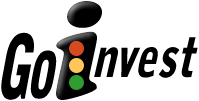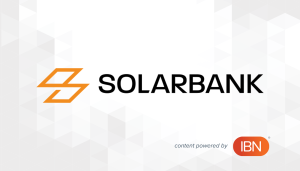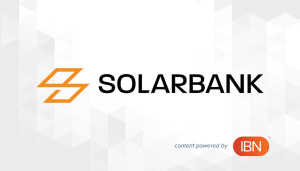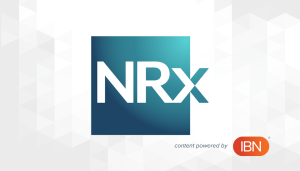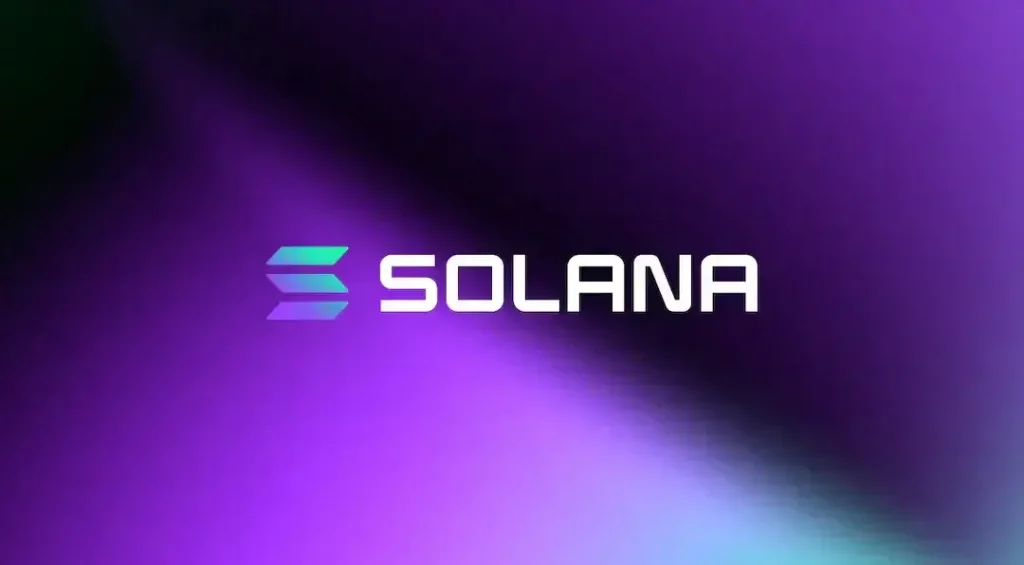
Solana is the 5th largest cryptocurrency with a market capitalization of nearly $80 billion. It was launched in 2020 with a protocol specifically designed to enable the creation of applications on a peer-to-peer network without a central authority. Unlike Bitcoin and ethereum, Solana used a new hybrid consensus mechanism to validate transactions that combined proof-of-history with proof-of-stake.
Attracted to low transaction costs relative to other blockchains, developers were quick to embrace Solana to build decentralized finance apps. It also helped that Solana had the backing of venture capitalists. The price of Solana rose dramatically from less than $1 to $260 by December 2021, but heavy usage on the network resulted in frequent outages. Early investors would cash out on their gains with trading of Solana settling into the $20-$30 range for the next two years.
In late 2022, a memecoin named Bonk was launched on Solana. It was designed to be a community-driven alternative to other memecoins like Dogecoin and Shiba Inu. Its popularity triggered another rally in Solana in early 2024.
“There is a lot going on in the Solana ecosystem that could have contributed to the recent gains,” said Brett Sifling, an investment advisor for Gerber Kawasaki Wealth & Investment Management in an email statement to Forbes.
“Besides the general optimism for crypto and risk-on assets recently, Solana has also experienced a DeFi and meme-coin frenzy that has captivated the attention of traders and gamblers,” he added.
The price of Solana is currently trading between $160 and $170 and is listed on numerous exchanges including Binance and Coinbase. Solana’s price volatility means that it is not ideal for conservative investors. But for many cryptocurrency traders, Solana represents a way to diversify their portfolio and to participate in the next wave of innovation in the blockchain industry.
